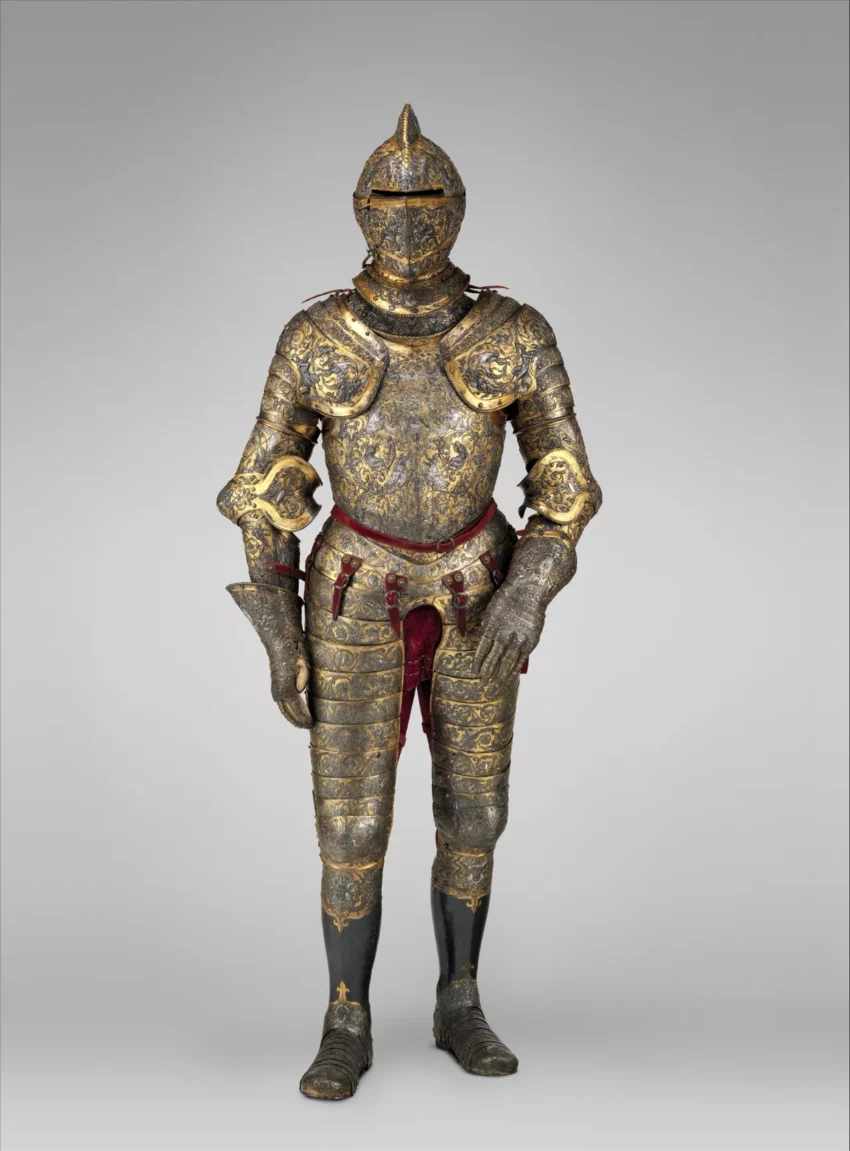Summary
The Historical Significance of the Lion Armour of King Henry II
The Lion Armour of King Henry II is a majestic ensemble that stands as a testament to the grandeur of medieval warfare and the artistry of armourers. Historians regard it as one of the most splendid and imposing examples of royal armour. Designed not just for protection, the Lion Armour also served as a symbol of power and authority. It boasts intricate designs reflecting the status of King Henry II as a fierce leader, with the imposing lion crest personifying his courage and strength. This extraordinary piece represents an important era in English history, one where chivalry and skill-at-arms were paramount, and monarchs were expected to lead from the frontlines.
Get your dose of History via Email
Artistry and Design of the Armour of King Henry II
Exquisitely crafted from sturdy yet ornate materials, the Lion Armour is a masterpiece showcasing the pinnacle of armour-making. The detailing on the breastplate, helmet, and gauntlets reveals the high level of craftsmanship of the period. The ensemble’s design features gothic elements and advanced protective elements, such as articulated joints, allowing for both form and function. Each piece of the armour characterizes the technological advances of the time, apart from emulating a lion’s fierceness aesthetically. Its preservation allows modern viewers to appreciate the intricate work and understand the significance of such armaments in historical conflicts.
Legacy and Preservation of the Lion Armour of King Henry II
The Lion Armour of King Henry II is not just a remnant of the past; it continues to inspire awe and interest today. It has undergone meticulous preservation efforts to maintain its pristine condition and is a crowning feature of numerous exhibits. This allows the public to engage directly with a piece of history, bridging the gap between the past and the present. Educational programs and historical reenactments often feature the Lion Armour, spotlighting its relevance in understanding the cultural and military landscape of its time. Its legacy endures, encapsulating the valor and artistry of the age of knights and kings.
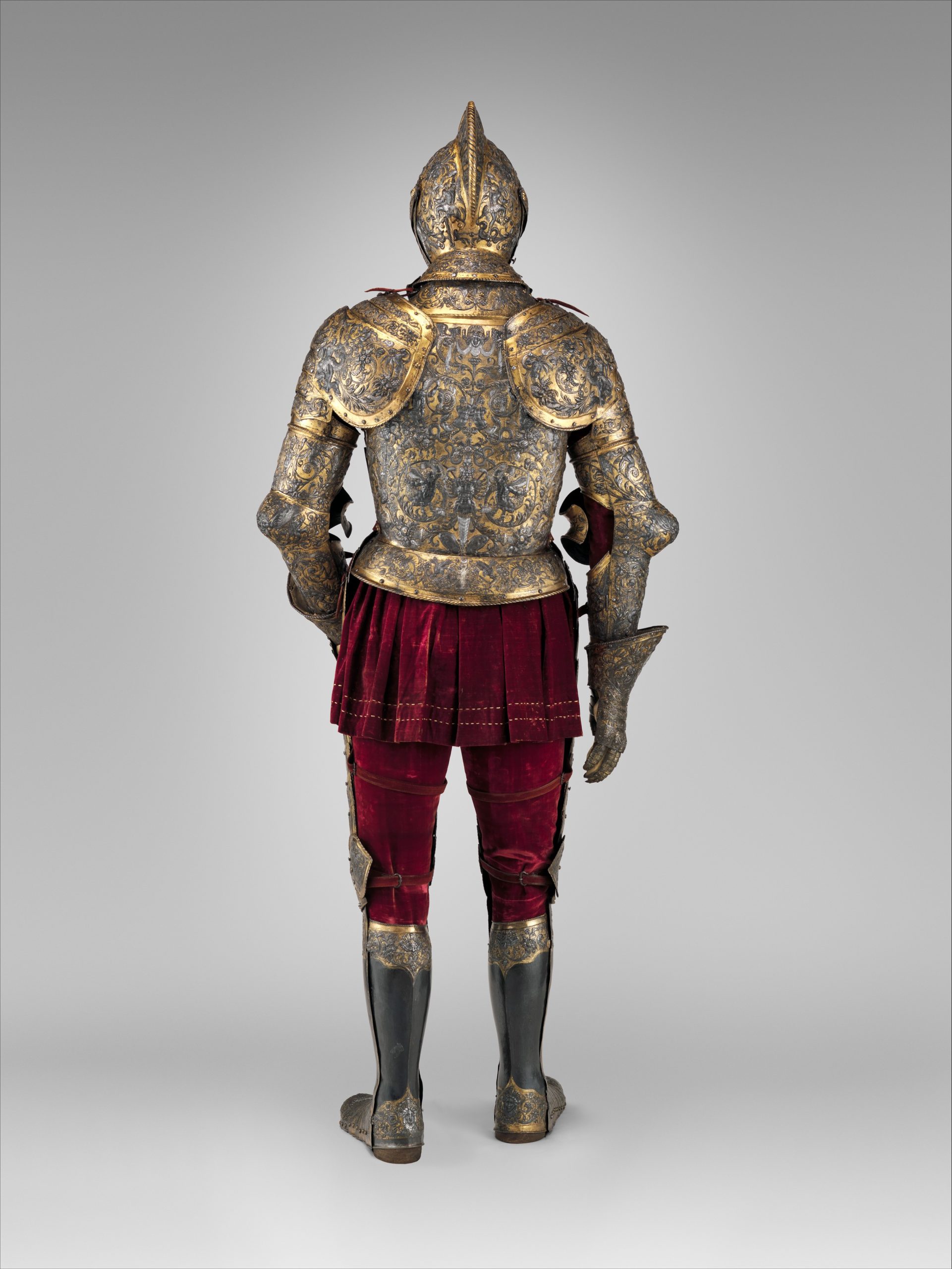
Historical Background of The Lion Armour of King Henry II
The Lion Armour’s Royal Origins
King Henry II, known for his significant contributions to English law and immense territorial control, had a remarkable symbol of his reign: the Lion Armour. This storied piece hails from the Plantagenet era, epitomizing the power and prestige of one of England’s most formidable rulers. As a monarch, Henry II took pride in his appearance, particularly in military contexts. The Lion Armour, therefore, bore the dual responsibility of protecting its wearer and displaying royal might, which it did with striking bravura and poise.
The Armour as a Work of Art
More than a suit for battle, the Lion Armour of King Henry II is a breathtaking work of artistry. Crafted by the finest armorers of the 12th century, this armor was both a protective shell and a canvas for expression. Every inch of the Lion Armour, from the majestic helmet to the reinforced breastplate, attests to the sophisticated metalworking techniques of medieval craftsmen. As well, subtle engravings and the iconic lion’s head motif enhance the tactile and visual appeal, leaving onlookers in no doubt of the wearer’s august lineage and formidable strength.
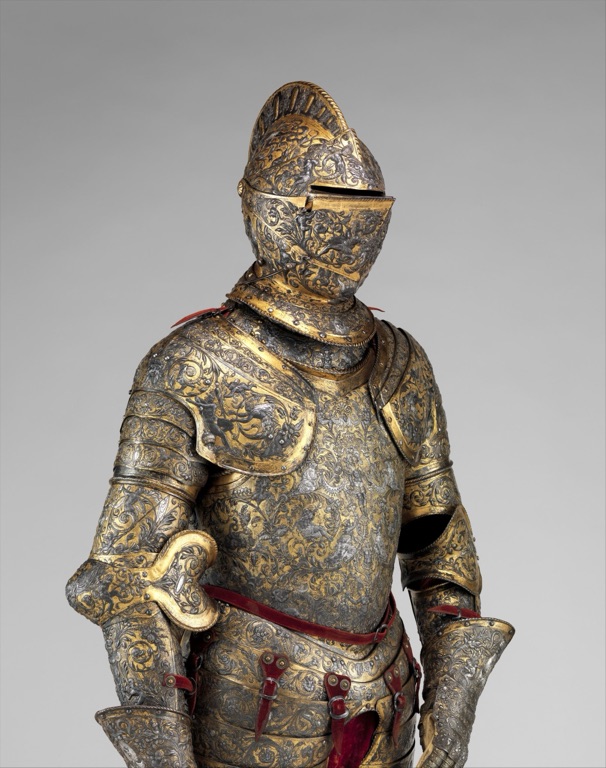
Significance in Medieval Warfare
In medieval warfare, the right armor was the difference between life and death. King Henry II’s Lion Armour was a significant game-changer in this aspect. The armour incorporated advanced protection features, including chainmail and layered metals, to withstand the rigors of combat. Its construction allowed for improved movement, signaling a shift from clunky, heavy armors to more agile and effective battle wear. This innovation introduced anticipations of how warfare evolved in Europe, reflecting the growing emphasis on mobility and skill in addition to brute force.
The Lion Armour’s existence gives us a rich lens into the past, evoking the times when knights and their codes of conduct ruled the battlefields. It showcases the transitions and advancements in military apparel, which were paramount to the success of campaigns and the longevity of those who led them. For King Henry II, this lion-emblazoned suit would also have been a mark of psychological dominance over his opponents, reinforcing his position as a regal warrior-king of fearsome reputation.
Today, the Lion Armour’s preservation efforts speak volumes to its enduring appeal and importance in historical narrative. The intricate care lavished on maintaining this armor ensures that it remains not only an artifact of yesteryear but also a tangible connection to the warrior ethos of medieval royalty. It continues to captivate historians and enthusiasts alike, serving as a tangible reminder of the vibrancy and drama of the Middle Ages and the personalities who shaped them.
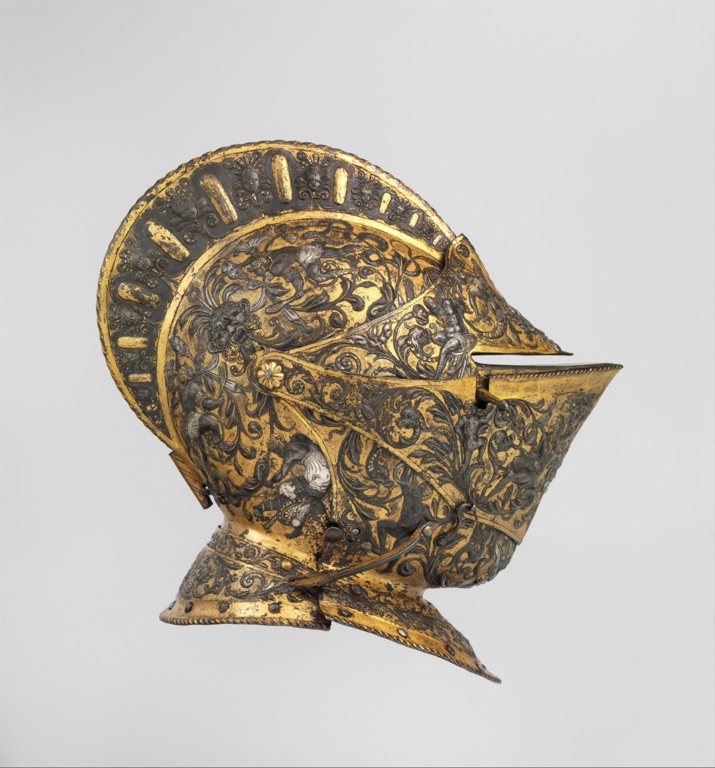
The Discovery of The Lion Armour of King Henry II
The Unveiling Moment
In the early 20th century, an astonishing discovery took place within the hallowed walls of an ancient English castle. During a routine inspection of the castle’s storied chambers, historians stumbled upon a remarkable artifact: The Lion Armour of King Henry II. The armour, lost to time until that moment, was found nestled in an old, forgotten armory that had been sealed off for centuries. Dusty but largely intact, the suit of armor presented itself as a direct link to the storied past of England’s warrior king.
A Historian’s Dream Find
The discovery was made by a team led by Sir Alfred Higgins, a leading historian and renowned specialist in medieval weaponry. When he lifted the velvet cloth long settled atop the armour, Sir Higgins knew he had uncovered a piece of history that was both magnificent and mysterious. The finding was dated back to the late 1800s, wrapped in enigma as there were no records of the armour’s creation or use in royal battles. This added thrill and excitement to the historical significance and depth of the find.
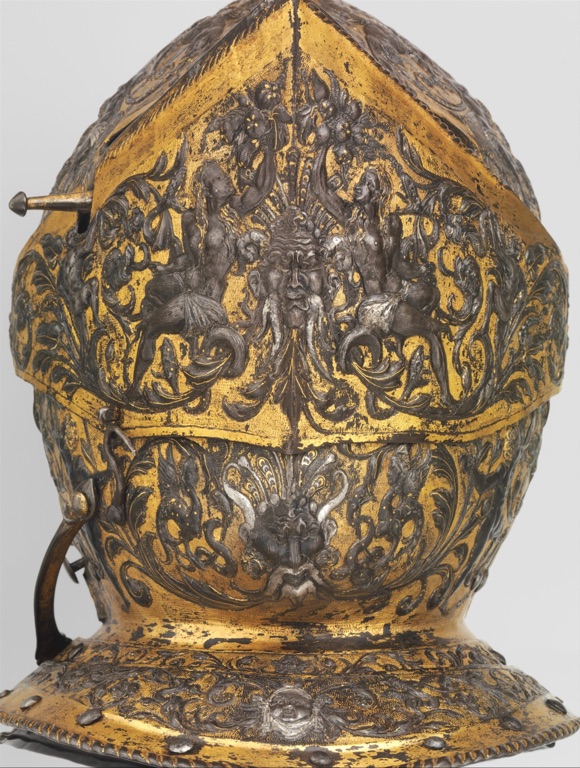
Inspection and Authentication of the Armour of King Henry II
Following its unearthing, meticulous efforts were undertaken to authenticate The Lion Armour. Experts used a combination of modern technology and historical records to ascertain that the armor indeed belonged to King Henry II. Dating techniques confirmed its medieval origin, and the emblems matched those of the Plantagenet lineage. The quality of craftsmanship was consistent with that of the royal armories of the time, further solidifying its authenticity.
The armor’s discovery not only presented a unique artifact but also prompted a revision of medieval history, particularly of the latter part of Henry II’s reign. It painted a picture of an era that prized both aesthetic beauty and functional efficiency in combat attire. Scholars and historians alike poured over the finer details of the armour, eager to learn the secrets it held about the past and the lives of those who inhabited it.
In conclusion, the Lion Armour of King Henry II came to light after several centuries in obscurity, weaving a new thread into the tapestry of English history. Its discovery resonated throughout academic circles and among history buffs across the globe. It stands as a testament to the notion that our understanding of history is never complete, as new discoveries can emerge from the shadows of time to offer fresh insights into bygone eras.
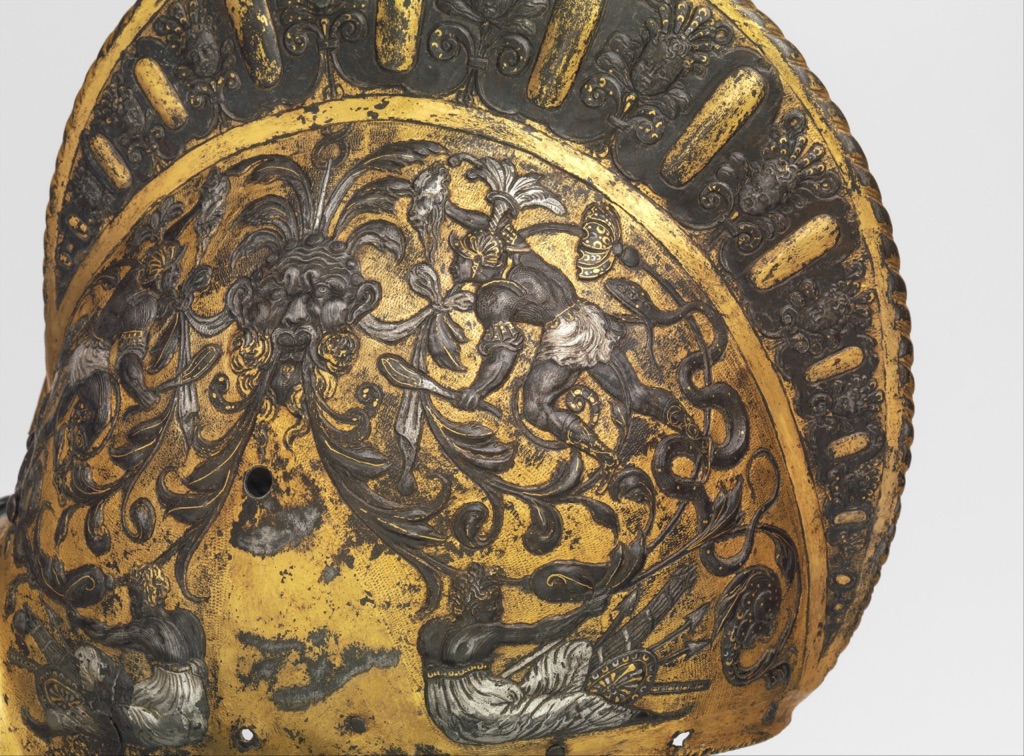
Cultural Significance, Dating methods, Theories and Interpretations
The Cultural Impact of The Lion Armour
The Lion Armour of King Henry II holds vast cultural significance, encapsulating a period when the regalia of a monarch was not just armor but a symbol of divine right and national identity. This exceptional piece exemplifies medieval craftsmanship and heralds the chivalric values of the time. Through its iconic imagery and design, it has contributed to a broader understanding of royal iconography, and it continues to fascinate and inspire those who study the lore and allure of ancient regiments. The Lion Armour’s rich narrative echoes through the corridors of time, reinforcing the cultural legacy of King Henry II’s rule.
Techniques for Dating the Armour
Establishing the Lion Armour’s precise age required sophisticated dating methods. Experts employed radiocarbon dating, metallurgical analysis, and historical documentation in a multifaceted approach to determine its provenance. These methods identified distinct composition patterns consistent with other known 12th-century artifacts. Furthermore, the analysis considered style-specific elements like the lion crest, which matches the heraldic symbols recorded in the period’s annals. Such detailed scrutiny allowed for an accurate placement within the timeline of medieval history, drawing a line directly to King Henry II’s era.
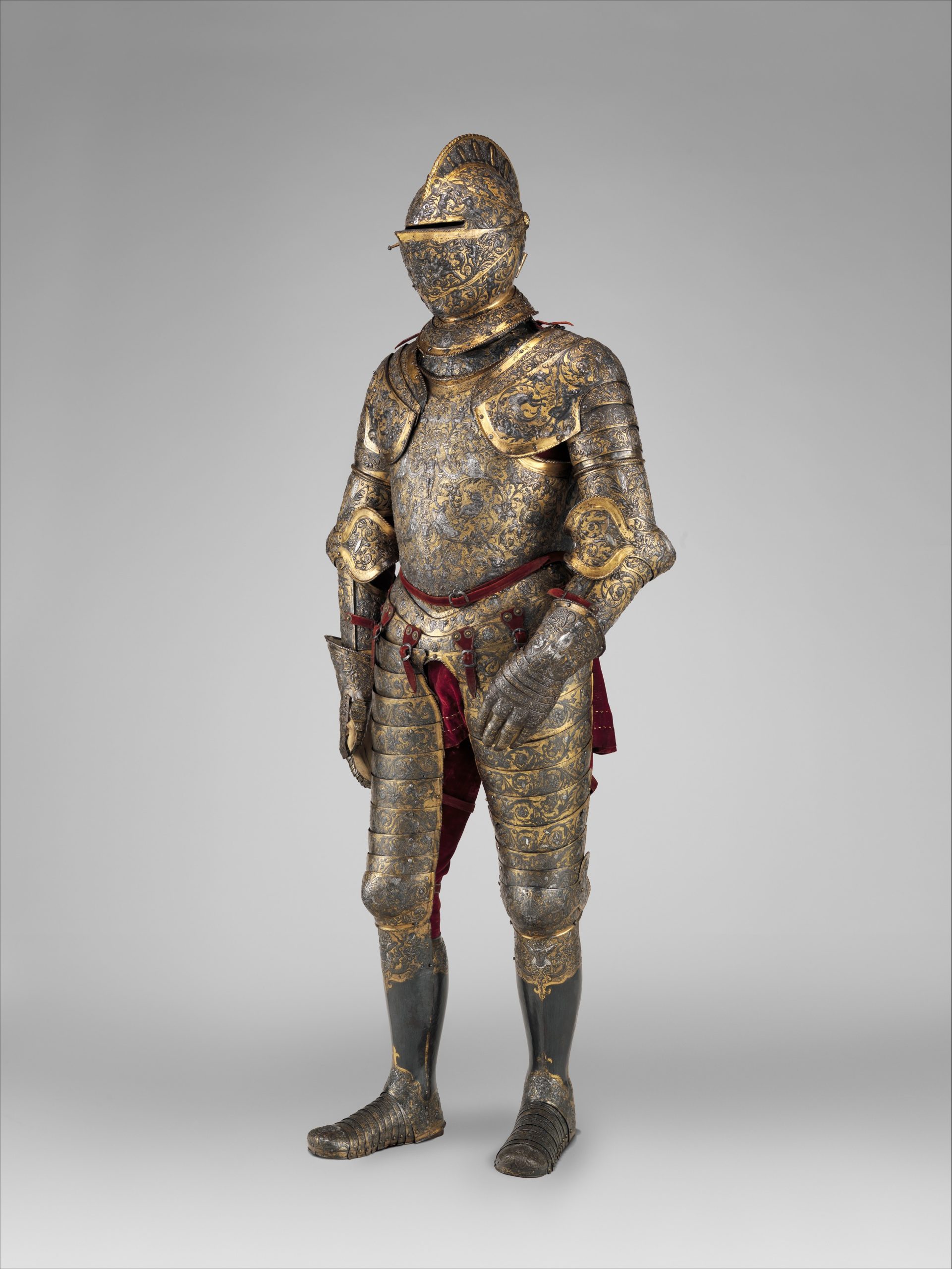
Theories Surrounding the Armour’s Use
Multiple theories abound regarding the functional purpose of the Lion Armour. Given its substantial form and elaborate motif, some speculate its use was predominantly ceremonial, reserved for grand events or to instill awe on the battlefield. Others argue that the armor was designed for active combat, pointing to telltale signs of wear and repair that suggest it witnessed action. While definitive proof remains elusive, the debate continues, contributing to the enigmatic intrigue of this historical marvel.
Interpretations of the Lion Armour’s symbolism offer another layer of understanding. Scholars have posited that the lion emblem signifies courage and nobility—traits lauded in a medieval king. Yet, the use of such symbolism also evokes the belief in the protective power of animal totems, perhaps indicating an element of mysticism in Henry II’s reign. These reflections shed light on the complex interplay of power, belief, and artistry in medieval Europe—a blending of reality and myth that the Lion Armour embodies perfectly.
Finally, the Lion Armour’s discovery and subsequent study have provoked a renewed interest in Plantagenet England. It contributes a physical, tangible piece of evidence to historical debates and allows present-day observers to craft informed guesses about the vanished world of royal courts and knightly valor. Each theory, each interpretation, enriches the narrative and invites us to consider broader questions about the past, leading to a deeper appreciation of the complexities of historical interpretation.
Conclusion and Sources
The Lion Armour of King Henry II, with its profound historical resonance and superb artistry, captures the imagination and offers a unique glimpse into the medieval era. It stands as a symbol of power, a product of remarkable craftsmanship, and a significant cultural relic that has withstood the test of time. The discovery of the armour and the ongoing explorations into its origins and uses contribute invaluable knowledge to our understanding of 12th-century European society and its advancements in warfare and metalworking. The Lion Armour continues to be a focal point for scholarly debate, inspiring interpretations that enrich our historical narrative.
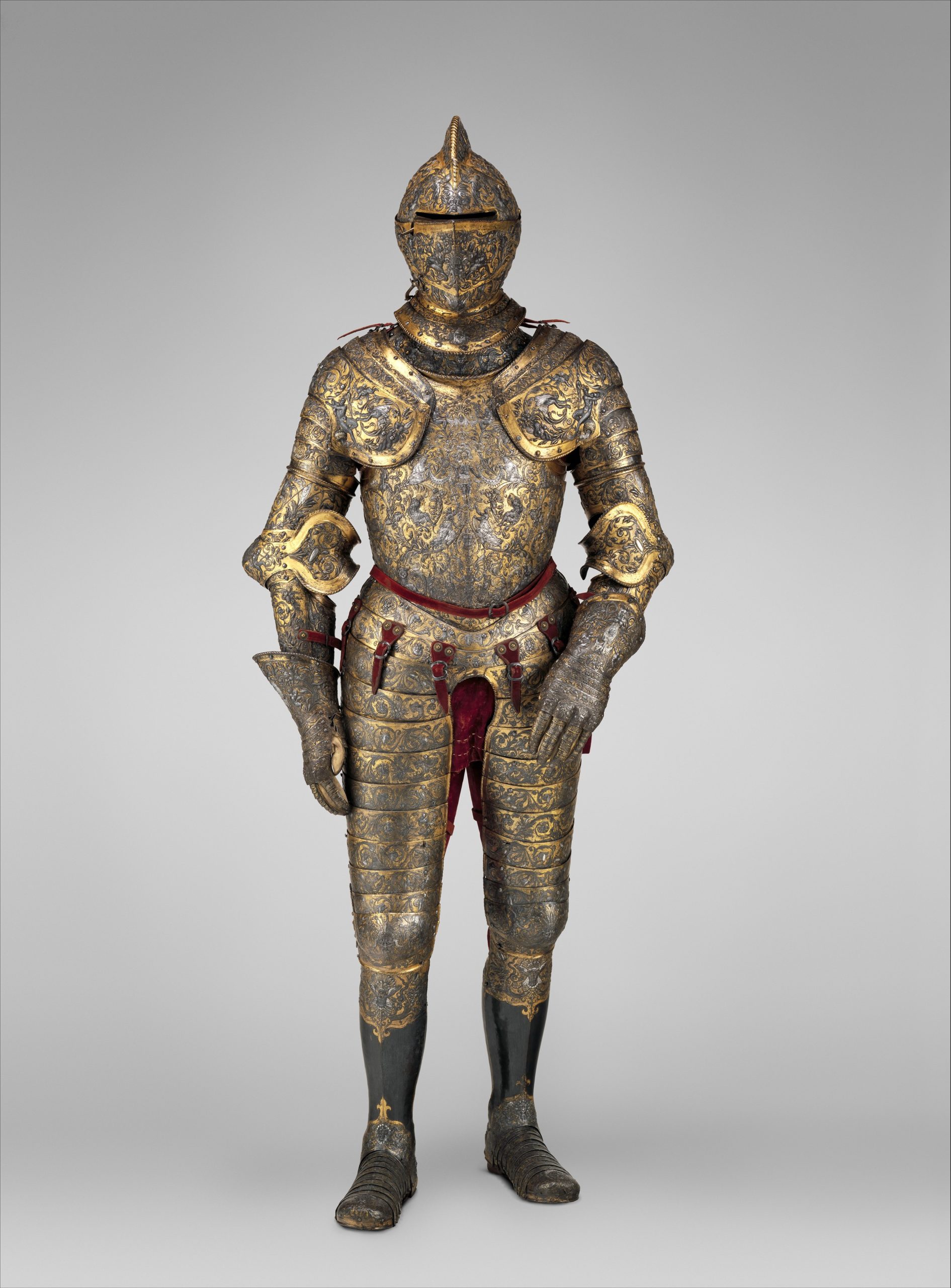
For further reading and to validate the information presented in this article, the following sources are recommended:
Or you can check any of these reputable archaeological and historical texts:
Brown, R. (1984). English Medieval Knight 1200-1300. Osprey Publishing.
Edge, D., & Paddock, J.M. (1988). Arms & Armour of the Medieval Knight. Crescent Books.
Gies, F., & Gies, J. (2005). Daily Life in Medieval Times. HarperCollins.
Gravett, C. (1993). English Medieval Knight 1300-1400. Osprey Publishing.
Hall, B.R. (2001). Weapons and Warfare in Renaissance Europe. The Johns Hopkins University Press.
Nicolle, D. (2004). Arms and Armour of the Crusading Era, 1050–1350. UK: Greenhill Books.
Oakeshott, R. E. (1999). The Archaeology of Weapons: Arms and Armour from Prehistory to the Age of Chivalry. Dover Publications.
Prestwich, M. (1996). Armies and Warfare in the Middle Ages: The English Experience. Yale University Press.
Strickland, M., & Hardy, R. (2005). The Great Warbow: From Hastings to the Mary Rose. Sutton Publishing.
Given the speculative nature of historical interpretations, it is always advisable to consult multiple sources. The listed references have been selected based on their academic credibility and contribution to the field of medieval studies. They offer a comprehensive insight into the time of King Henry II and the importance of the Lion Armour in both historical context and modern-day study.

